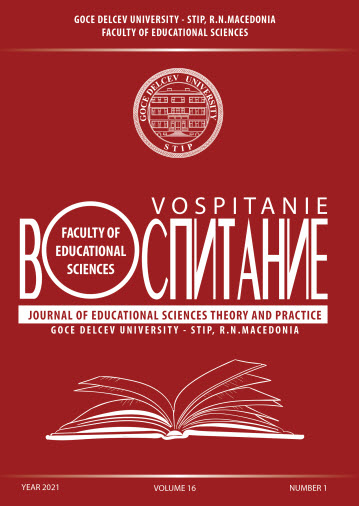SAFE TEACHING FOR SAFE EDUCATIONAL INSTITUTIONS – IS THERE THE HIDDEN CRISIS?
DOI:
https://doi.org/10.46763/JESPT211610047anKeywords:
cyberbullying, hidden crisis, development, safe educational institutionsAbstract
Education is the cornerstone of development of each country and is recognized by the UN as a human right. Access to safe learning environments is a vital requirement at every stage of child’s education – from the preschool, during which a child’s brain undergoes 90% of its development, through to adolescence, when young people are prepared for the contributions they will then make to their communities, the economy and the wider world. This paper instigate мany questions for safe teaching: What do the data tell us about violence and cyberbullying? How can educational institutions counterbalancing this “situation”? Also is pointed, that no country can achieve inclusive and equitable quality education for all, if students experience violence and cyberbullying in educatonal institutions and beyond. A quality education can improve the life chances of individuals themselves, especially to girls and the communities around them. The purpose of this paper is not to analyze the proposed solutions for online teaching in terms of cyber security and protection of student privacy, but must point out a number of potential risks that the process itself carries. Namely, the lack of unified access to online teaching in the period March-June 2020 has led to almost every school collecting, storing and transferring personal data of students to a variety of software and web services. At the beginning of the new school year, it was start a single platform is used for all schools, and therefore competent institutions must to pay attention to data security and to respect the principles of privacy of children. This paper also raises the question what is the effect on children in this digital migration? The paper states that competent institutions need to have a macro and micro approach in order to provide a safe learning environment.


